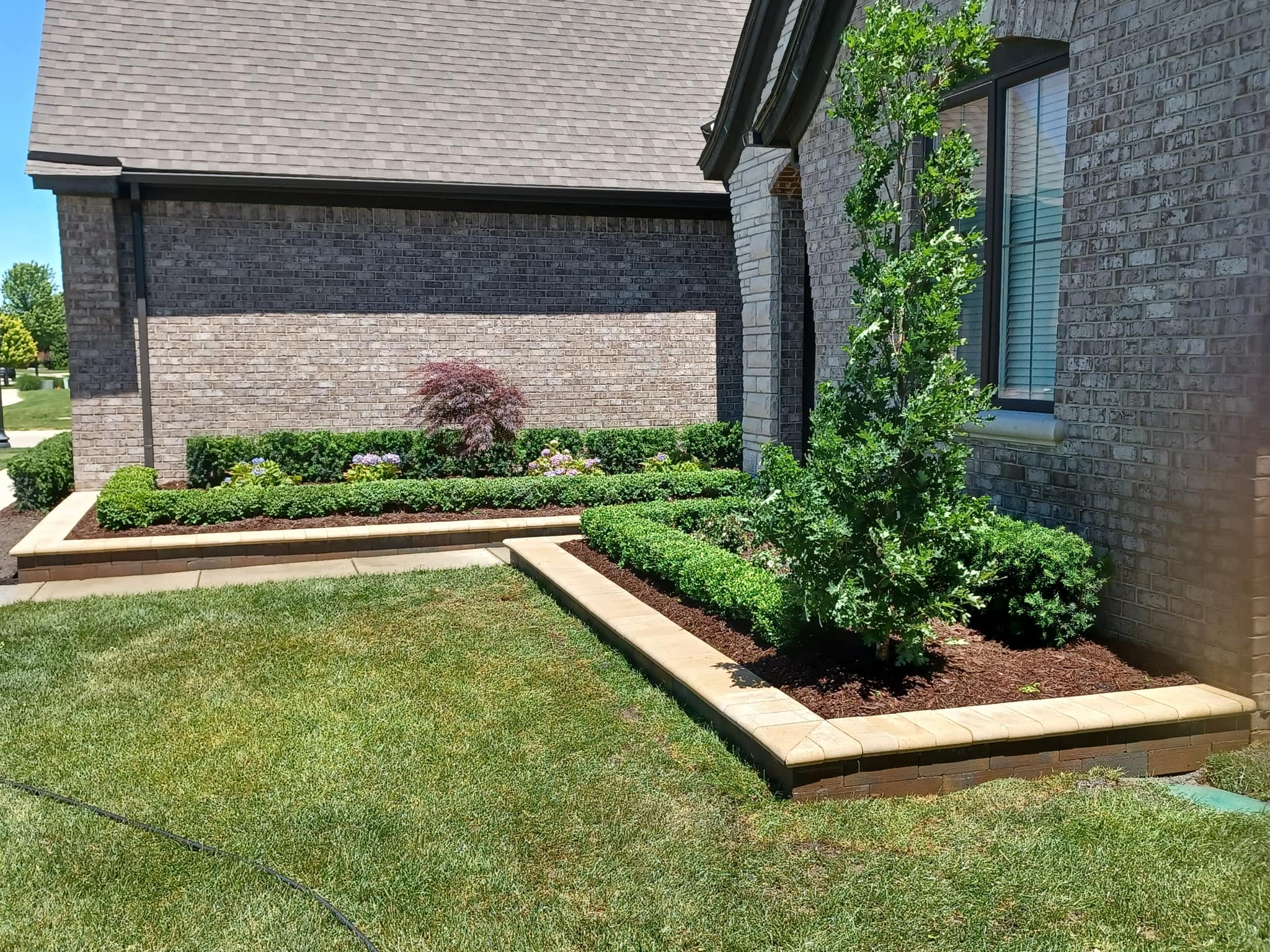
The Art of Sustainable Landscaping: Eco-Friendly Practices for Your Yard Oct 11, 2025
Sustainable landscaping begins with understanding the local climate and soil conditions. By selecting native plants that are well-suited to the region, homeowners can significantly reduce the need for water, fertilizer, and pesticides. Native plants are adapted to the local environment, making them more resilient to pests and diseases. They also provide habitats for local wildlife, supporting biodiversity and creating a balanced ecosystem.
One of the key components of eco-friendly landscaping is the efficient use of water. Implementing drip irrigation systems or soaker hoses can minimize water waste by delivering moisture directly to the plant roots, where it is needed most. Additionally, incorporating rain barrels can help collect and store rainwater for irrigation use during dry spells. By grouping plants with similar water needs together, known as hydrozoning, you can further optimize water usage in your garden.
Composting is another fundamental practice in sustainable landscaping. Kitchen scraps and yard waste can be turned into nutrient-rich compost, reducing the need for chemical fertilizers while enriching the soil. Compost not only improves soil structure and fertility but also helps retain moisture, reducing the need for frequent watering. This practice promotes a healthy soil ecosystem, which is vital for plant growth and vitality.
When designing a sustainable landscape, consider reducing lawn areas, which typically require significant amounts of water, fertilizers, and maintenance. Instead, opt for alternatives like ground covers, clover lawns, or Xeriscaping—a landscaping method that uses drought-resistant plants to conserve water. These alternatives are not only more sustainable but can also add diverse textures and colors to your landscape, enhancing its visual appeal.
Incorporating elements that support wildlife is also a crucial aspect of sustainable landscapes. Birdbaths, bee hotels, and pollinator gardens designed to attract bees and butterflies contribute to a thriving ecosystem. By creating a habitat for these creatures, your yard supports essential ecological processes such as pollination.
Finally, consider the materials used in your landscaping projects. Recycled or reclaimed materials can be a sustainable choice for pathways, fences, and garden structures. These materials not only reduce the demand for new resources but also add character and uniqueness to your landscape.
Sustainable landscaping is a thoughtful and informed approach to designing gardens that harmonize with nature. By integrating native plants, efficient watering systems, composting, and wildlife-supportive elements, you can create a beautiful and sustainable outdoor space. At JA Landscaping, we are committed to helping our clients develop greener, more sustainable landscapes that benefit both the environment and their own enjoyment. Embrace these eco-friendly practices, and turn your yard into a sustainable sanctuary that you can feel good about.
/filters:no_upscale()/media/62ca1e95-c9d3-4293-87fe-479c54fd0b6b.jpg)
/filters:no_upscale()/filters:format(webp)/media/bce24a95-4e23-4abe-b418-b61e0b9f61e1.jpg)